When I was at home, an earthquake suddenly occurred... When the shaking subsided and I was relieved, I smelled smoke. Due to the violent shaking caused by the previous earthquake, desk lamps and lights fell onto the futons and caught fire. What would you do if you were in a similar situation?
Correct knowledge and small actions that can be taken immediately raise awareness of disaster prevention and save you and your loved ones.
This time, we will introduce how to protect yourself from fire caused by an earthquake.
Points of this disaster theme
- After an earthquake, things are scattered and fires are more likely to occur
- When the shaking of the earthquake subsides, electricity, gas, Turn off the breaker
- Let's consider this disaster as a three-point set: "regular preparation", "electrical fire preparation", and "emergency power supply"
theme point
- After an earthquake, things are scattered and fires are more likely to occur
- Turn off electricity, gas, and breakers after the shaking stops
- "Normal Prepare for fires, prepare for electrical fires, and secure a power source in case of an emergency
Contents
are scattered, creating a dangerous situation where it is easy to ignite. Be careful of "electrical fires" when power is restored
After an earthquake, things are scattered around the room, making it more likely to catch fire in the room than usual, so fire is a secondary disaster. occurs frequently. In the past, too, the damage was great.
1995 Great Hanshin-Awaji Earthquake | 2011 Great East Japan Earthquake | |
|---|---|---|
Number of fires | About 300 | About 300 |
Number of burnt people | About 400 people | About 150 people |
Fires caused by earthquakes can be roughly divided into three types: electrical fires, ordinary fires, and tsunami fires.
① Electrical fires
Fires caused by electrical products and equipment. Approximately 60% of the fires that occurred in the Great Hanshin-Awaji Earthquake and the Great East Japan Earthquake were caused by electrical fires. Also, even if the solar power generation equipment is damaged by an earthquake, as long as it is exposed to sunlight, it will not stop generating power, so there is a risk of fire.
Main cause of fire
Electrical fires that occur when power is restored after an earthquake
Electrical fires that occur when power is restored are also included in electrical fires. For example, a fire can be caused by re-energizing a broken wiring cord, or a fire can be caused by an ornamental fish heater* that has run out of water due to a collapsed aquarium. Electrical fires often occur while residents are away from their homes, such as when they are at an evacuation site. Take appropriate measures, such as turning off the breaker before evacuating, and being present when power is restored to fully confirm safety.
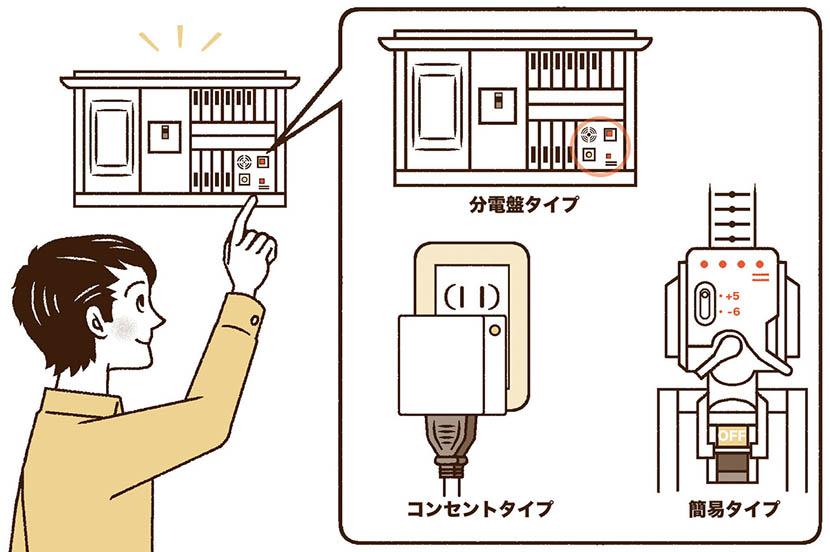
② Ordinary fire
Fire caused by non-electrical equipment and wiring, such as gas appliances, piping, and fire sources.
Main cause of fire
(3) Tsunami Fire
Fire caused by combustibles and dangerous materials washed up by the tsunami, ignited from the fire source drifting together, and spread to a large scale. Fishing ports and industrial areas are at increased risk of tsunami fires. More than 40% of the fires that occurred in the Great East Japan Earthquake were of this type.
Main cause of fire
What to do: Protect yourself first. When the shaking stops, turn off the electricity, gas, and breakers
Steps to prevent fires after an earthquake
① After an earthquake, the first thing to do is protect yourself.
② When the shaking stops, turn off the electrical equipment and unplug it. If you are using a gas appliance, turn off the fire and close the gas tap Gas meters are usually equipped with a safety device that automatically shuts off the gas when a tremor of a seismic intensity of about 5 or more is detected.
③ If you are evacuating away from home, turn off the circuit breaker. If a fire breaks out, it may not be possible to extinguish it immediately and it may lead to a big fire, so be sure to turn off the breaker when you leave your house.
In addition, when power is restored, carefully check whether the electrical equipment is damaged, whether the wiring and cords are not damaged, and whether there are any flammable items nearby. Make sure it's safe and then turn the breaker back on.
Things to pay special attention to when turning on and restarting use
Preparations: The three pillars of preparation for electrical fires, securing the necessary power supply, and normal preparation are key
Preventing fires caused by earthquakes should be divided into three categories: "Preparation for electrical fires," "Securing the necessary power supply," and "Preparation for ordinary fires and earthquakes."
① Preparing for electrical fires
A seismic breaker is a device that automatically cuts off the electricity supply when it detects a shaking that exceeds a set amount. There are various types, such as the type built into the distribution board, the type attached later, the outlet type, and the simple type that can be turned off by the force of a weight or spring. Among them, the "distribution board type" is slightly more expensive than other types because many of them have advanced functions, such as shutting off the electric current for lighting with a time difference and leaving the power supply for medical equipment. is convenient and recommended.
Also, there is a type of seismic breaker that immediately cuts off all electricity in the home when it senses a tremor, but in that case, it may be difficult to act safely due to the fear of earthquakes and the anxiety of darkness. comes out. When installing a seismic breaker, be sure to consider "securing a power supply in an emergency" as a set.
② Securing necessary power supply
If you have an emergency battery, you can charge your smartphone. Especially if you are using medical equipment such as a ventilator, consult with a medical institution about securing a power supply, and be well prepared.
③ Preparing for normal fires and earthquakes
Services and websites that help prevent fires caused by earthquakes
① Yahoo! An app that informs you of information such as earthquakes, heavy rains, and tsunamis before a disaster occurs. In the case of a PC or mobile phone, the set area information is notified by e-mail. In the case of smartphones, if you download and set up the app, you can receive push notifications of your current location using location information and information on three areas that have been set in advance.②Early warning email
Earthquake early warnings and special weather warnings distributed by the Japan Meteorological Agency, disaster and evacuation information distributed by the national and local governments, etc. can be sent without being affected by line congestion. A service that sends messages to smartphones.
③ Yahoo! Shopping
Japan's largest online shopping mall operated by Yahoo! JAPAN. There are many types of seismic breakers. Be prepared just in case.
(4) Fire and Disaster Management Agency "Residential fire prevention" Contains a lot of useful information. There are also video materials that show the horror of fires.Supervisor: Hiroshi Takahashi, disaster prevention lecturer/disaster prevention consultant
Born in 1953 in Nagaoka City, Niigata Prefecture. In 1976, he got a job in Nerima Ward and engaged in libraries, cultural assets, architecture, welfare, disaster prevention, and urban development. Since 1997, he has been involved in regional disaster prevention planning, large-scale training, agreements, etc. as Chief of the Disaster Prevention Division. Currently, as a disaster prevention lecturer and consultant, while giving lectures and workshop guidance to local governments, etc., he is active as a member of reconstruction volunteers in Odaka Ward, Minamisoma City, Fukushima Prefecture. Author of books and articles on disaster prevention, and supervised many pamphlets related to disaster prevention.
(Date of publication: April 22, 2020) Supervision: Dr. Hiroshi Takahashi Text: Masumi Naito Editing: Exlight Illustration: Chigusa Takayama

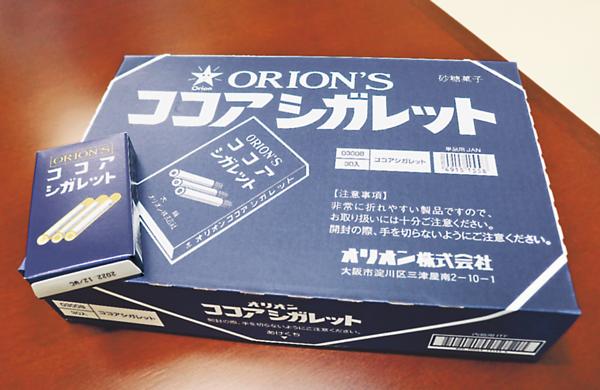

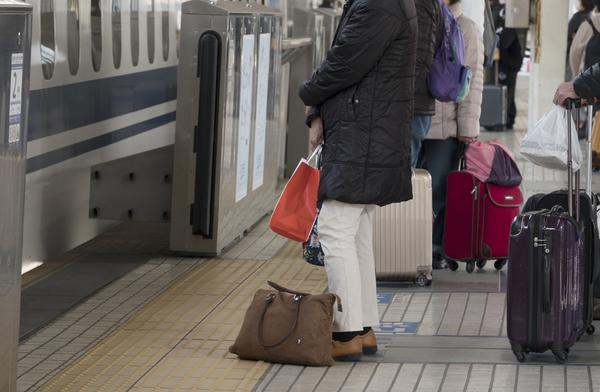
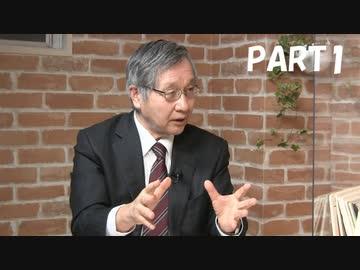
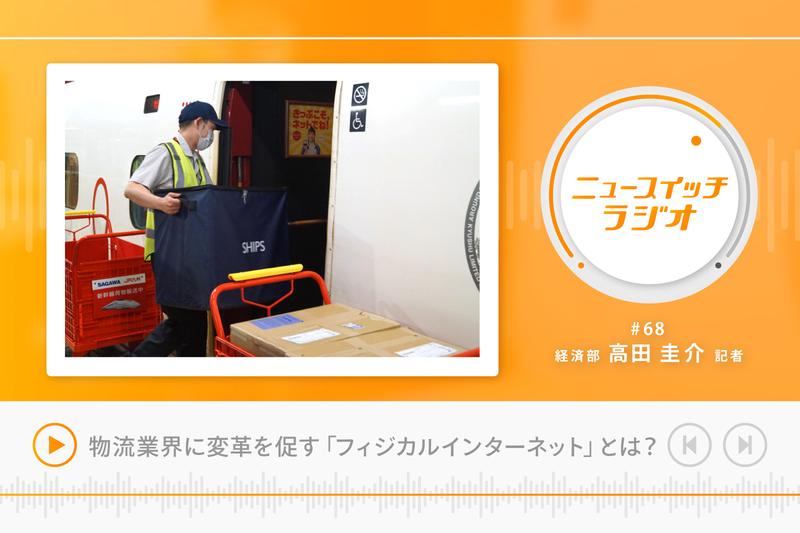
![[New Toyota Voxy (90 series)] Amplifies the characteristics of the aero body! A design that further enhances the power of the front mask! #Works direct custom deep layer 001](https://website-google-hk.oss-cn-hongkong.aliyuncs.com/drawing/article_results_9/2022/3/25/01568e2fbf021c0eaf7d013507c850a4_0.jpeg)

![[Toyota Noah / Voxy new model] Modellista releases various customized parts ... Actual vehicle exhibited at Tokyo Auto Salon](https://website-google-hk.oss-cn-hongkong.aliyuncs.com/drawing/article_results_9/2022/3/25/8268612c1e5941e62d3dfd07f8991b2f_0.jpeg)
